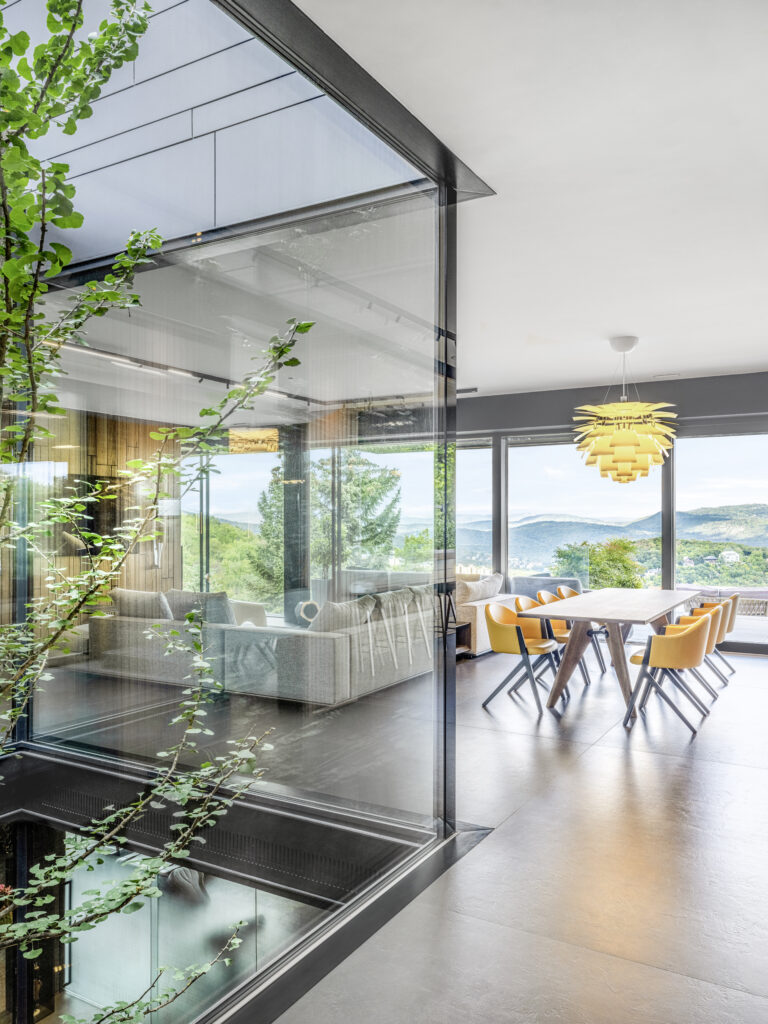The Essential Guide to Passive House Windows and Doors
In the world of sustainable architecture, passive house standards represent the height of energy efficient and environmental stewardship. Central to achieving these standards are the windows and doors, which play a crucial role in minimising energy loss and maximising comfort. Let’s dive into the importance of passive house windows and doors, their features, benefits, and why they are integral to an energy-efficient home.
What is a Passive House?
Passive house is a building standard that is truly energy efficient, comfortable, affordable, and ecological all at once. It achieves this by adhering to five main principles: superior insulation, airtight construction, high-performance windows and doors, balanced ventilation with heat recovery, and minimal thermal bridging.
The Role of Windows and Doors.
Windows and doors play a crucial role in a building’s thermal efficiency. Passive house windows are expertly designed to eliminate energy loss, keeping your home warm in winter and cool in summer while reducing the need for heating and cooling systems.
Features of Passive House Windows and Doors
- Triple Glazing: Unlike standard double-glazed windows, passive house windows typically feature triple glazing. This means three layers of glass with two air gaps, which significantly reduce heat transfer.
- Low-E Coatings: Low-emissivity (Low-E) coatings on the glass reflect infrared light, keeping heat inside in winter and outside in summer.
- Warm Edge Spacers: Positioned between glass panes, these spacers minimize thermal bridging and help prevent condensation for improved energy efficiency.
- High-Quality Frames: Crafted from materials like uPVC, fiberglass, or wood with low thermal conductivity, these frames often feature added insulation to enhance thermal performance.
- Airtight Seals: Engineered for exceptional airtightness, these seals block drafts and significantly reduce energy loss, ensuring a comfortable indoor environment.
- Thermal Breaks: These strategically placed materials disrupt heat transfer between conductive components, boosting the window or door’s overall energy efficiency.
Benefits of Passive House Windows and Doors
- Energy Efficiency: The primary benefit is the drastic reduction in energy consumption for heating and cooling, leading to lower utility bills.
- Comfort: With minimised drafts and consistent indoor temperatures, passive house windows and doors contribute to a much more comfortable living environment.
- Noise Reduction: The superior insulation properties also mean excellent soundproofing, keeping outdoor noise at bay.
- Environmental Impact: Reduced energy consumption translates directly into a smaller carbon footprint, making passive house windows and doors an environmentally responsible choice.
- Durability and Longevity: Built with superior materials and advanced construction techniques, these windows and doors are designed to outperform and outlast standard options, offering unmatched reliability over time.
Selecting the right Windows and Doors
When selecting windows and doors, consider the following factors:
- Certification: Look for products that are certified by recognized bodies like the Passive House Institute (PHI).
- U-Value: This measures the rate of heat transfer. Lower U-values indicate better insulation.
- Solar Heat Gain Coefficient (SHGC): This measures how well a window blocks heat from sunlight. The optimal SHGC depends on your climate.
- Airtightness: Ensure that the windows and doors have excellent airtightness ratings to maintain the integrity of the building envelope.
- Installation: Proper installation is critical. Consider hiring installers with experience in passive house construction.
Conclusion
Passive house windows and doors are not just features; they are essential components of a high-performance home. By investing in these products, you are ensuring a future of energy efficiency, comfort, and sustainability.
Embark on your journey today, and experience the difference that high-performance windows and doors can make. Your future self—and the environment—will thank you.

